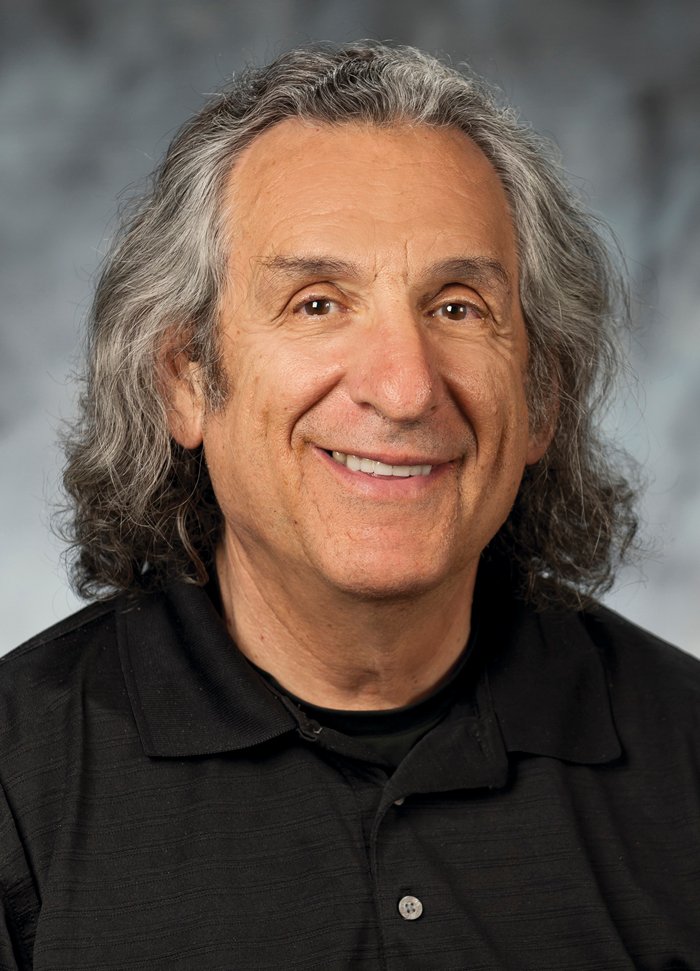More than a Historical Foote Note

As humanity scrambles to mitigate the consequences of climate change — the potential cascade of catastrophes resulting from the carbon dioxide our fossil-fuel-driven society sends skyward — we can’t say we weren’t warned.
That CO2 is uniquely proficient at absorbing and radiating solar heat back to earth was discovered more than a century and a half ago — by a woman.
Her name was Eunice Foote, and her work and legacy is the focus of a new exhibit in the UC Santa Barbara Library. “From Eunice Foote to UCSB: A Story of Women, Science, and Climate Change” will continue through June in the library’s Ocean Gallery.
“I call her the Rosa Parks of science,” said John Perlin, a research scholar in the Department of Physics who is writing a book about Foote. “She was the first woman to have a paper read at a major scientific meeting. She was the first woman to have a paper published in the proceedings of a major scientific meeting. She was the only woman to be published in serious physics journals until Madame Curie.”
And perhaps most importantly, she was the first person to show that carbon dioxide is what we now call a “greenhouse gas.”
Credit for that discovery is usually given to Irish scientist John Tyndall, but Perlin’s rigorous investigation reveals it was Foote who made the actual discovery. “Everyone prior to her had looked at the atmosphere, and its relationship with the sun and earth, in a general sense,” he said. “She deconstructed various atmospheric conditions and gases.”
Specifically, Foote “put various gases in glass cylinders, exposed them to sunlight, and observed their temperatures,” Perlin said. Afterward, “she put each of them into the shade to determine how long each of the gases maintained their heat. She concluded that, of all the gases she tested, carbon dioxide absorbed the most heat. This was a first.”
In addition, “Foote showed over geological time, temperatures were correlated with the amount of CO2 in the atmosphere,” Perlin said. “She also hypothesized that if there was more carbon dioxide in the atmosphere, we’d have a hotter earth.”
Which, of course, is precisely what has been happening in the decades since her death.
Perlin found Foote was fairly well-known in her day. Her paper on CO2 as a heat-trapping gas was read (by a male colleague — no women allowed) at the prestigious American Association for the Advancement of Science in 1856. It was subsequently published in both the U.S. and Europe, and she was featured in a Scientific American article entitled “Scientific Ladies.”
In addition, she was heavily involved in the feminist movement of the day. She and her husband, who also was a scientist, lived in upstate New York, which at that time was a refuge for radical political thinking. She was heavily involved with the famous 1848 Seneca Falls convention on women’s rights; on the subsequent “declaration of sentiments,” her name appears near the top, just after the signature her close friend Elizabeth Cady Stanton.
So how did her name become lost to history? “She had three strikes against her,” Perlin said. “She was female. She was an amateur. And she was an American.”
Tyndall, he explained, essentially claimed ownership of the discovery five years later, and his assertion went unchallenged until fairly recently. He was, and remains, far more famous than Foote — there is a John Tyndall Centre for Climate Change in Britain — and for many decades, the nearly all-male scientific establishment in both the U.S. and U.K. saw him as the father of climate science.
Foote’s lack of posthumous recognition made putting together the exhibition somewhat challenging. “There are no photos of her that anyone knows of,” said Alex Regan, the campus’s events and exhibitions librarian, who is one of the curators of the exhibition.
But the exhibit does include copies of her research, photos of the remarkably progressive school where she first learned about science, and a contemporary recreation of a glass box scientists of that era used to model the relationship between the sun, the atmosphere and the earth. And it moves beyond Foote’s life to introduce viewers to a few of the female scientists who have followed in her footsteps.
Specifically, the exhibit includes photos and information on eight woman scholars at UC Santa Barbara whose research involves climate change. “There are lab scientists, atmospheric scientists, and people doing studies of environmental justice issues around climate change,” said Regan. “They embody the legacy of Eunice Foote.”
The exhibit’s opening reception will include both an introduction by Perlin and a panel discussion featuring five of those eight female scientists: Leila Carvalho, Earth Research Institute; Summer Gray, Environmental Studies Program; Lorraine Lisiecki, Department of Earth Science; Samantha Stevenson, Bren School of Environmental Science & Management; Anna Trugman, Department of Geography. Admission is free.
In addition, an online companion to the exhibit will feature additional documents and information about Foote and UC Santa Barbara climate-change research.
More information about the exhibit is available at https://www.library.ucsb.edu/events-exhibitions/eunice-foote-ucsb-story-women-science-and-climate-change.



